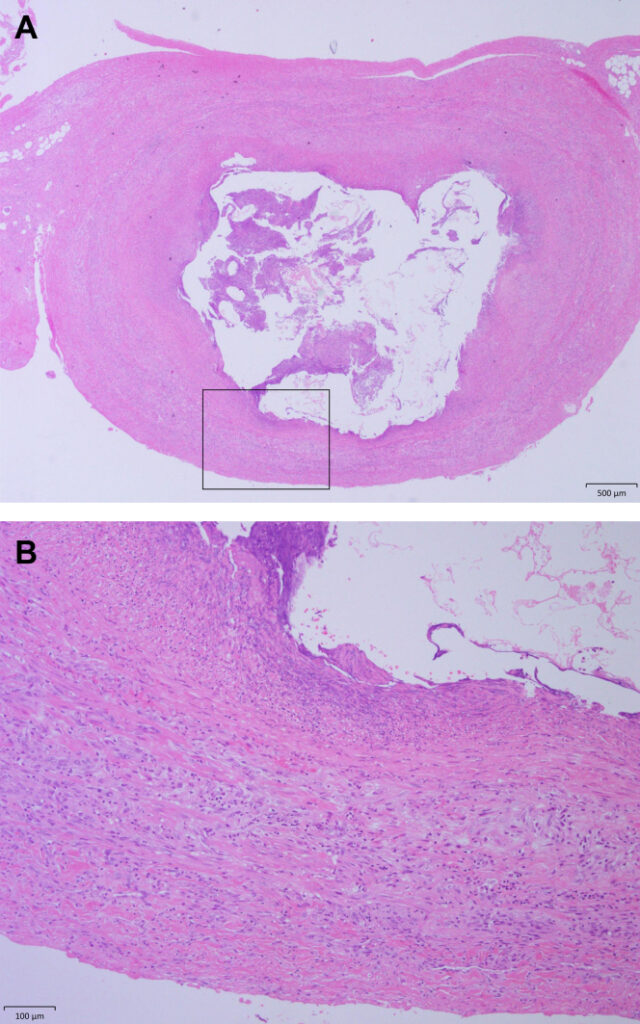Image 1: A visual representation of the CAC procedure
The field of phlebology has witnessed numerous advancements over the years, with the Cyanoacrylate glue closure (CAC) emerging as a minimally invasive procedure for the treatment of symptomatic incompetent great saphenous veins. This technique has garnered attention due to its efficacy, safety profile, and the rapid recovery time it offers to patients.
The CAC procedure involves the use of medical-grade adhesive to close off the affected veins, thereby redirecting blood flow to healthier veins. This method eliminates the need for heat or thermal energy, reducing the risk of nerve injury and ensuring minimal discomfort for the patient.

Image 1: A diagram showing the mechanism of action of CAC
However, like all medical procedures, CAC is not without its challenges. The article provides a detailed account of a rare case where a patient developed symptomatic septicemia following the CAC procedure. This occurrence, while uncommon, underscores the importance of meticulous post-operative care and monitoring.
In the highlighted case, the patient presented with high fever and chills the day after the procedure. Further investigations revealed inflammation and infection of the treated great saphenous vein. The medical team opted for surgical excision of the treated vein to address the issue.

Image 2: A graphical representation of post-CAC complications
This case serves as a reminder of the potential complications associated with CAC, emphasizing the need for thorough patient evaluation, precise procedural execution, and vigilant post-operative care. It’s crucial for medical professionals to be aware of such rare complications to ensure timely intervention and optimal patient outcomes.
In conclusion, while the Cyanoacrylate glue closure (CAC) stands as a promising technique in the realm of phlebology, it’s imperative for both physicians and patients to be cognizant of its potential risks. With the right approach, CAC can offer a safe, effective, and minimally invasive solution for patients suffering from symptomatic incompetent great saphenous veins.
Based on the original article from: Cyanoacrylate glue closure (CAC) for the treatment of symptomatic incompetent great saphenous veins on PubMed Central.